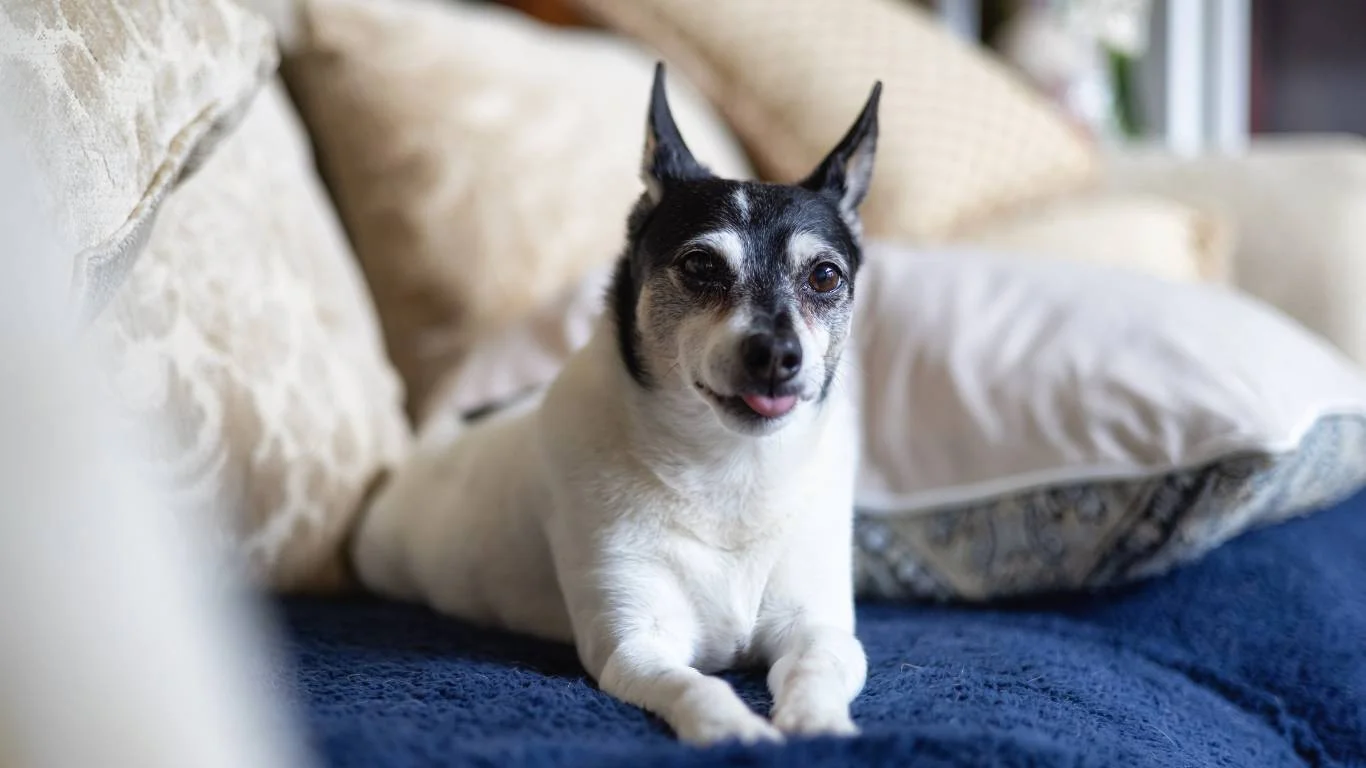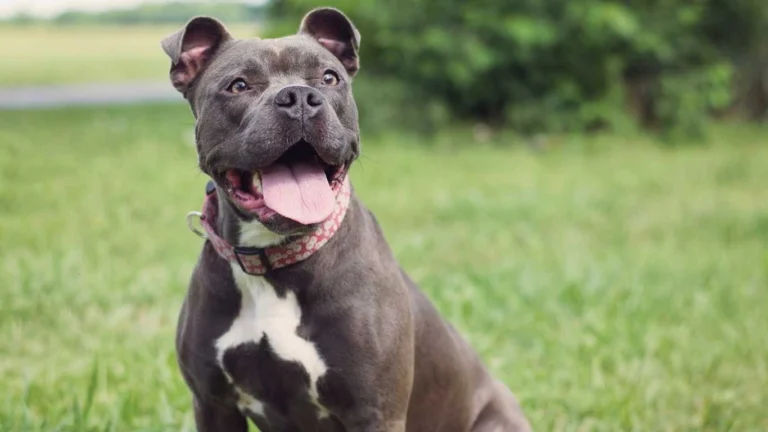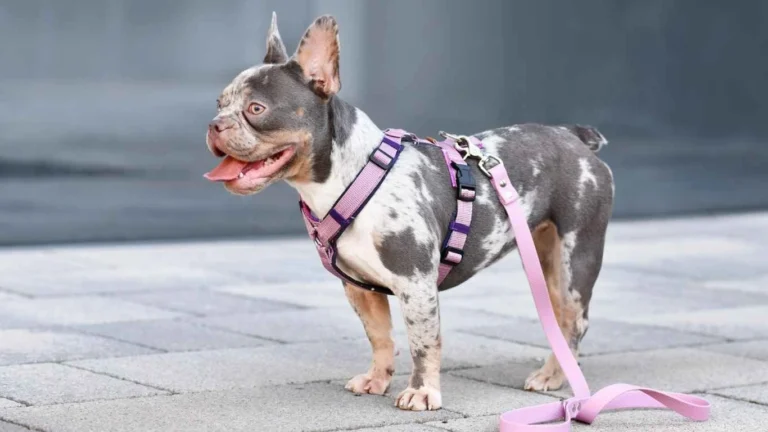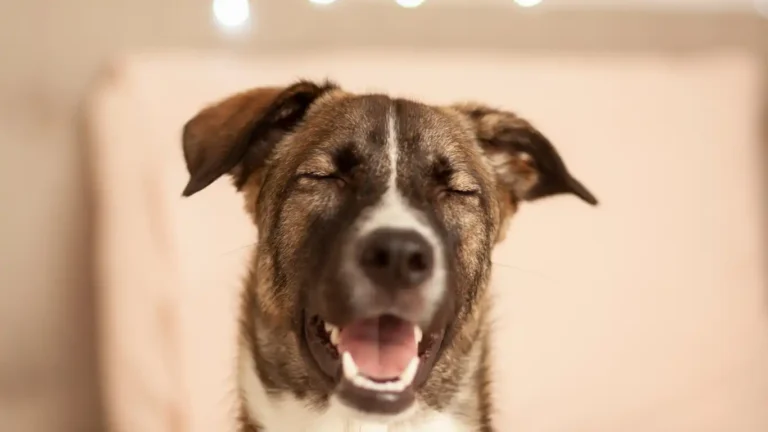What to Feed a Dog After Vomiting for Quick and Safe Recovery
Ever been jolted awake by that all-too-familiar sound of your dog gagging in the middle of the night? Yeah… me too. As a Veterinary Assistant with a focus on pet nutrition, I’ve had more than a few panicked clients ask me what to feed a dog after vomiting. Honestly, I’ve asked myself that same question at 2 AM while cleaning up the carpet. Vomiting can be scary—but often, it’s your pup’s way of hitting the reset button. So let’s talk about what to do when your dog’s tummy goes rogue, and how to get them back on track without making things worse.
Understanding Why Dogs Vomit

First things first—vomiting is a symptom, not a condition. It can mean anything from scarfing down food too fast (been there, cleaned that) to something more serious like pancreatitis or ingesting something toxic. If the vomiting is just once or twice, and your dog is otherwise acting normal—alert, playful, eating and drinking—you can usually treat it at home. But if you’re seeing lethargy, blood, or repeated vomiting? Vet time, no question.
Common Reasons Dogs Vomit
- Eating too quickly or too much at once
- Changes in diet or new treats
- Stress or anxiety (yes, dogs stress eat too!)
- Ingesting non-food items (hello, sock #4 this month)
- Motion sickness or car rides
Back when I worked at the clinic full time, we’d often see dogs come in after raiding the trash or getting into “people food.” One of my regulars—an enthusiastic Labrador named Max—once devoured an entire rotisserie chicken. Bones and all. The next day? You guessed it—vomit city. Thankfully, Max was okay, but it taught his human (and reminded me) just how sensitive doggy stomachs can be.
When Not to Feed After Vomiting
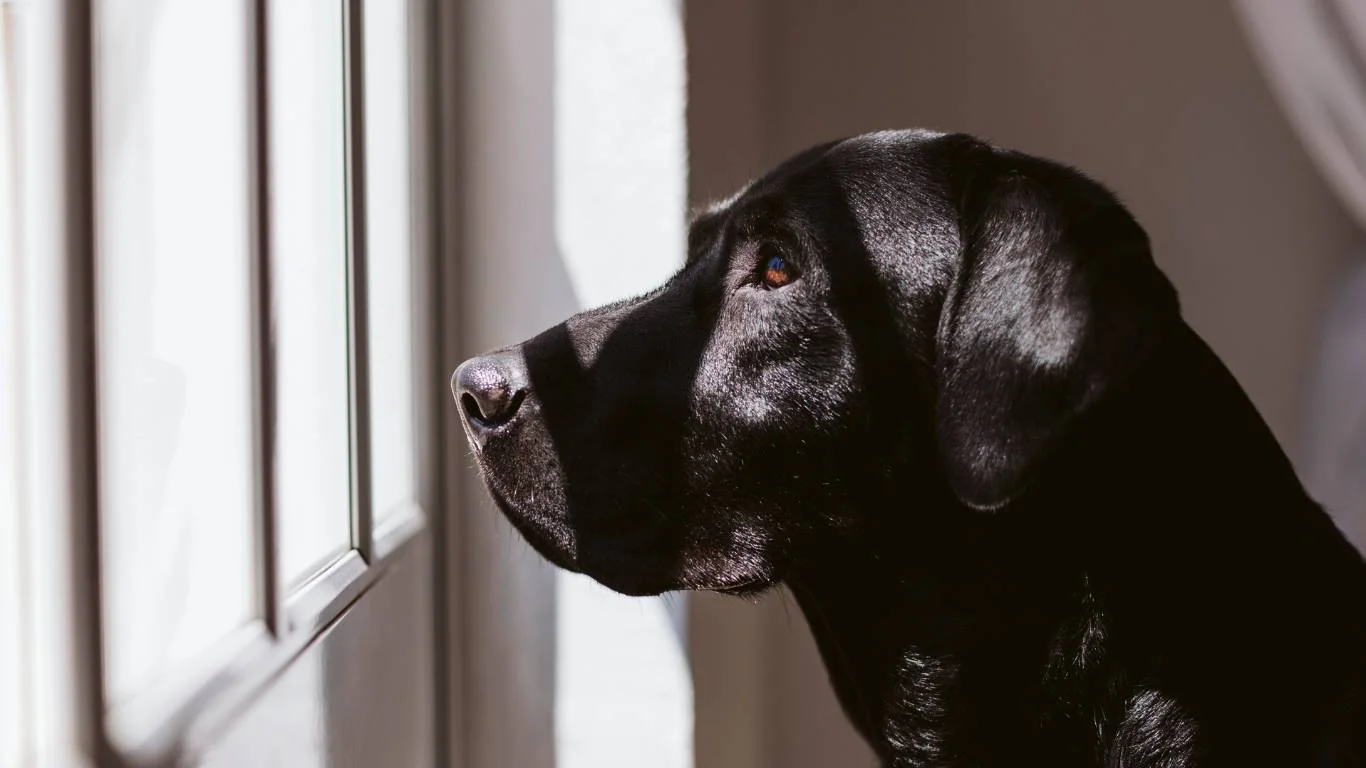
So, your dog throws up. The first instinct is usually to offer something bland, right? But hang on. Don’t feed your dog immediately after vomiting. It’s tempting, but giving food too soon can irritate their stomach even more.
Wait and Observe
Here’s what I usually recommend:
- Withhold food for 12 to 24 hours, depending on your dog’s size and health. Water is okay in small sips.
- Watch for any signs of improvement or deterioration—energy levels, hydration, continued vomiting.
- If your dog vomits again during this period, or starts showing new symptoms, it’s best to call your vet.
One trick I’ve used with my own dogs is offering ice cubes or crushed ice during this waiting period. It keeps them hydrated without overwhelming their stomachs. If they can hold that down, then you can think about slowly reintroducing food.
What to Feed a Dog After Vomiting: Safe Options

Okay, your dog made it through the no-food waiting period, and they’re giving you those puppy eyes that scream, “I’m starving!” Now what? This is where what to feed a dog after vomiting becomes crucial. Go too rich, too fast, and you’ll end up back at square one.
Bland, Digestible Foods to Try
- Boiled chicken (no skin, no seasoning)
- White rice – soft and plain
- Plain canned pumpkin – great for digestion
- Boiled turkey or lean ground beef (drained of fat)
- Baby food (meat-based, no garlic/onion) – vet-approved and easy to swallow
I’ve seen a lot of success with the classic chicken and rice combo—it’s not just an old wives’ tale. It really works. Just make sure you’re giving small portions, spaced out over the day. Think snack-sized, not feast-sized. My own pup, Luna, once had a mild bout of vomiting after sneaking into the cat’s food. A few teaspoons of boiled chicken and rice every few hours helped settle her stomach, and by the next day, she was back to chasing squirrels like nothing happened.
Coming up next, we’ll dive deeper into portion control, reintroducing regular food, and homemade vs. vet-prescribed diets. But for now, take it slow and let your dog’s stomach do the healing. Trust me—they’ll thank you with tail wags and happy snoozes.
How Much to Feed After Vomiting

Once your pup has kept a bland meal down without any more episodes, it’s all about pacing. A huge mistake I see pet parents make (and yep, I’ve done it myself too) is feeding their dog a full portion right away just because they seem “back to normal.” But trust me, going from an upset tummy to a full belly too quickly is like trying to sprint before you’ve healed from a sprained ankle—it usually doesn’t end well.
Start with Small Portions
Here’s what I recommend based on both vet clinic protocol and personal experience:
- Start with a few tablespoons of food for small dogs or about 1/4 cup for medium to large dogs.
- Feed every 3 to 4 hours for the first 24 hours after vomiting has stopped.
- If there’s no vomiting or diarrhea after these small meals, gradually increase the portion size over the next 2–3 days.
One trick I use with anxious pet parents is setting reminders for “mini meals.” It helps avoid the temptation to overfeed and keeps everything on track. After all, your dog might act like they haven’t eaten in years, but their gut needs a moment to catch up.
Transitioning Back to Regular Dog Food
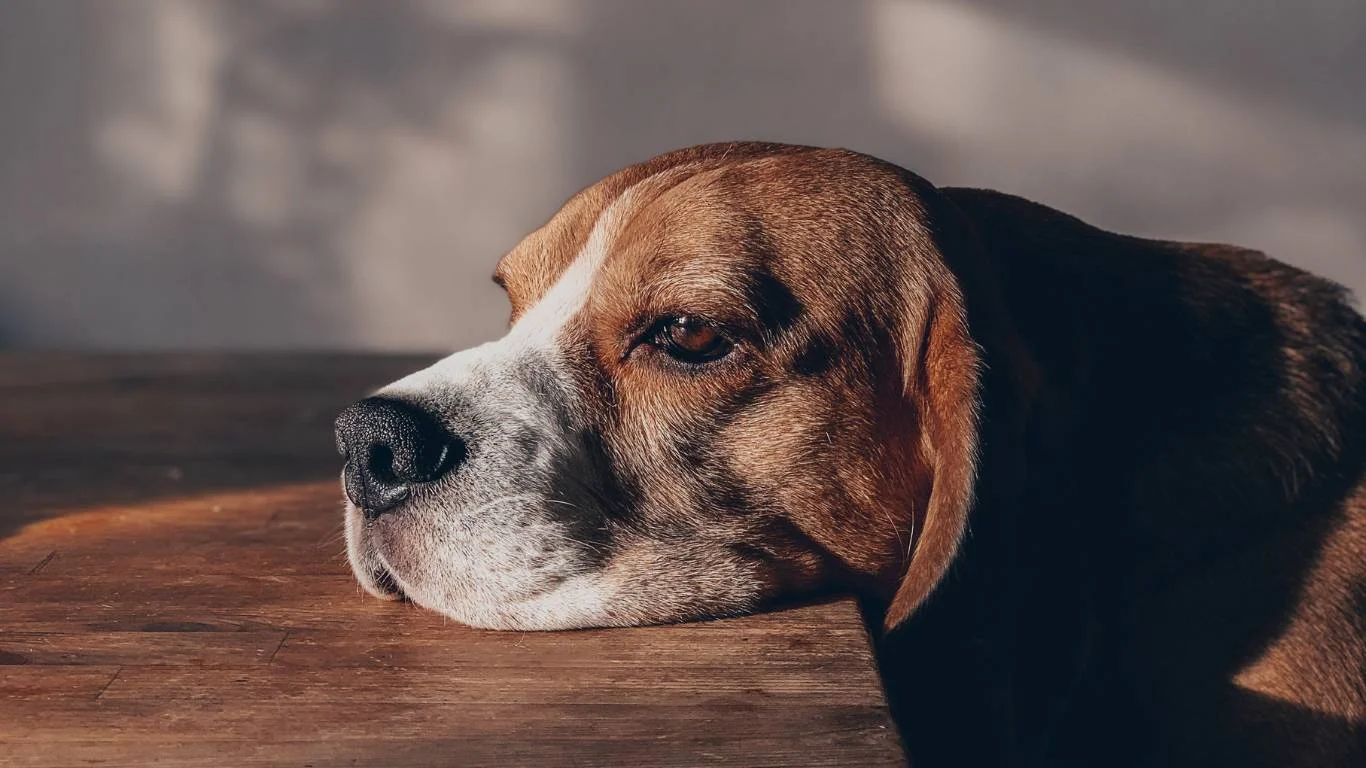
So, your pup is eating bland meals, holding them down, and giving you those bright-eyed looks again. That’s awesome! But don’t rush back to kibble or their usual food just yet. The transition phase is just as important as the bland diet itself.
How to Ease Into Regular Feeding
- Day 1: 75% bland diet, 25% regular food
- Day 2: 50/50 mix
- Day 3: 25% bland, 75% regular
- Day 4: Full return to normal diet (if no signs of tummy trouble)
In the clinic, we always reminded clients that some dogs take longer to adjust, especially if they’ve had a more severe upset. I remember working with a senior pup named Daisy—a sweet Cocker Spaniel with a sensitive stomach. It took her almost a full week to transition back to her prescription kibble. The slow mix-in method helped avoid any setbacks, and her human was thrilled she didn’t have to make another mess-cleaning run to the store!
When to Consider Special Diets or Prescription Foods

If your dog seems to have a pattern of tummy troubles, it might be time to look into something more specialized. Not every dog who vomits needs a prescription diet—but some definitely benefit from it, especially if there are underlying issues like pancreatitis, food sensitivities, or inflammatory bowel disease (IBD).
Vet-Prescribed Diets I’ve Seen Work Wonders
- Hill’s i/d – Ideal for dogs with digestive issues or recovering from gastrointestinal upset
- Royal Canin Gastrointestinal – Another great vet-approved option that’s highly palatable
- Hydrolyzed Protein diets – Perfect for dogs with suspected food allergies
For dogs who vomit frequently or have sensitive stomachs, I often recommend talking to your vet about these diets. And if you’re someone who prefers homemade meals (I see you, home-cooking heroes!), make sure you’re consulting with a veterinary nutritionist. Balanced meals aren’t just chicken and rice—dogs need vitamins, minerals, and the right ratios of protein and fat, too.
One of my more nutrition-focused clients loved making her pup’s meals from scratch, but her dog kept having GI issues. Turned out, she was unknowingly underfeeding key nutrients like taurine and zinc. With a nutritionist’s help, she adjusted the recipe and voila—no more vomiting, and a much happier dog.
Foods and Ingredients to Avoid Post-Vomiting
Even after things seem better, there are a few ingredients that can sneak up and cause problems. Some dogs are super sensitive after an upset stomach, so it’s worth double-checking labels and steering clear of potential irritants.
Skip These Ingredients for Now
- High-fat foods – like bacon, sausages, or fatty cuts of meat
- Spices and seasonings – even small amounts of garlic or onion can be toxic
- Dairy products – many dogs are lactose intolerant, and even plain yogurt can backfire
- Grain-heavy treats or snacks – these can be hard to digest post-vomiting
I had a client once give her dog a small piece of cheese thinking it’d be soothing after a vomiting episode. Unfortunately, her pup didn’t tolerate dairy well, and she ended up cleaning up more mess than she started with. Moral of the story? Keep it simple and safe. Less is more right now.
Coming up, I’ll be sharing my go-to homemade bland diet recipes, hydration hacks, and when it’s time to call your vet—even if things *seem* okay. The road to recovery isn’t always linear, but with a little patience and a lot of love, your pup will be back to their tail-wagging self in no time.
Homemade Bland Diet Recipes for Dogs After Vomiting

By now, you probably have a good sense of what to feed a dog after vomiting: bland, easy-to-digest foods in small, frequent meals. But if you’re anything like me—a sucker for home-cooked meals for my pets—you might be wondering about some go-to recipes that are safe, nutritious, and actually enjoyable for your dog.
Here are a couple of simple homemade recipes I’ve recommended many times to clients and used myself with my own dogs. They’re easy to prepare, gentle on the stomach, and include balanced ingredients when paired with occasional supplements or vet guidance.
Classic Chicken and Rice
- 1 cup boiled, skinless, boneless chicken breast (shredded)
- 1 cup cooked white rice (plain, no seasoning)
- Optional: 1-2 tablespoons of plain canned pumpkin (helps with digestion)
Preparation tip: Boil the chicken until fully cooked and shred finely. Mix with rice and pumpkin, then serve in small portions throughout the day. Avoid adding any oils, salt, or spices. This combo is a proven winner for calming upset stomachs.
Turkey and Sweet Potato Blend
- 1 cup boiled ground turkey (drain excess fat)
- 1 cup cooked sweet potato (mashed)
- Optional: a pinch of turmeric (natural anti-inflammatory)
This alternative is great for dogs who might be sensitive to chicken or need a little more fiber. Sweet potatoes are easy on the digestive tract and packed with nutrients. As always, introduce this slowly and watch for any reactions.
In my time at the clinic, I’ve noticed owners feel empowered and relieved when they can prepare meals at home, knowing exactly what their dog is eating. Just remember: if you plan to make homemade meals a regular thing, it’s essential to chat with a veterinary nutritionist to ensure your dog gets all the nutrients they need.
Hydration Tips: Why Water is Key After Vomiting

One of the biggest concerns after vomiting is dehydration. Dogs lose a lot of fluids and electrolytes, so keeping them hydrated is critical. I can’t stress this enough—without proper hydration, recovery slows down, and complications can arise.
How to Keep Your Dog Hydrated
- Offer small amounts of water frequently. Big gulps can trigger more vomiting.
- Ice chips or crushed ice are great for pups reluctant to drink.
- Pedialyte or electrolyte solutions (vet-approved) can help replenish lost minerals.
- Wet food or broth can also add hydration—but avoid anything salty or fatty.
From experience, I’ve found that some dogs naturally slow down drinking after an upset stomach. That’s when gentle encouragement, like offering water in a syringe (without the needle!) or a shallow bowl, can make a big difference. Just don’t force it—stress only makes things worse.
When to Call the Vet: Warning Signs You Can’t Ignore
While many vomiting episodes resolve with simple at-home care, some signs mean it’s time to get professional help. If you notice any of the following, don’t hesitate to contact your veterinarian immediately:
- Persistent vomiting lasting more than 24 hours.
- Vomiting accompanied by diarrhea, lethargy, or weakness.
- Signs of dehydration—dry gums, sunken eyes, decreased skin elasticity.
- Vomiting blood or material that looks like coffee grounds.
- Abdominal pain or bloating.
- Repeated vomiting immediately after eating or drinking.
I’ve seen clients wait too long thinking “maybe it’ll just pass.” When they finally bring their dogs in, it turns out to be something more serious like pancreatitis or a blockage. Early intervention can be lifesaving, so trust your instincts and err on the side of caution.
Wrapping Up Your Dog’s Vomiting Recovery Journey
So, what to feed a dog after vomiting isn’t just about throwing some chicken in a bowl. It’s about understanding your dog’s needs, pacing their recovery, and knowing when to seek professional advice. From bland diets and hydration to special food options and clear red flags, you’ve now got a full toolkit to help your furry friend bounce back.
Thanks for sticking with me through this—sharing my experiences and the collective knowledge from years as a Veterinary Assistant has been a joy. Remember, every dog is unique, so stay patient and attentive, and you’ll help your best buddy get back to their happiest self.
References
- American Veterinary Medical Association
- American College of Veterinary Internal Medicine
- World Small Animal Veterinary Association
- American Animal Hospital Association
Disclaimer
The information provided here is based on my personal experience as a Veterinary Assistant with a focus on nutrition and is meant for educational purposes only. It is not a substitute for professional veterinary advice, diagnosis, or treatment. Always consult your veterinarian if your dog experiences vomiting or other health issues, especially if symptoms persist or worsen.
